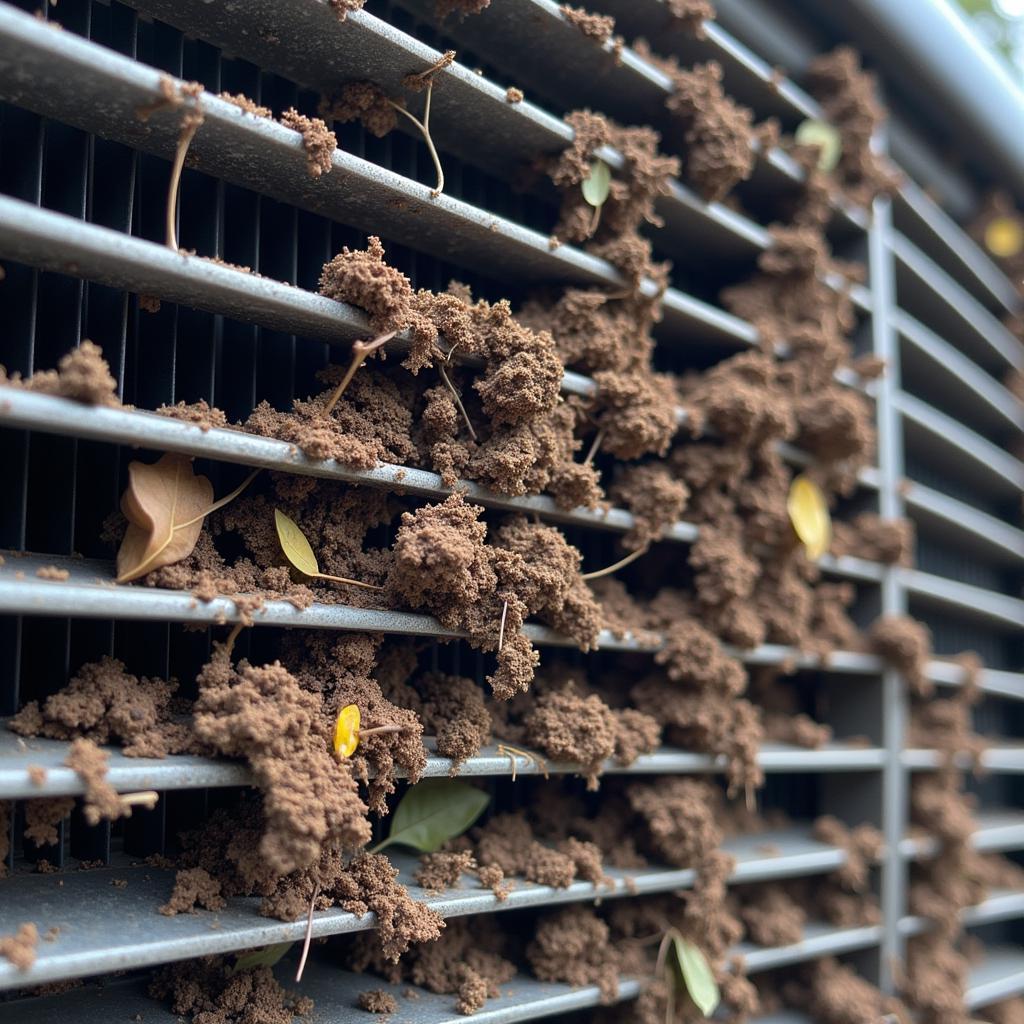Radiator Problems In Car can be a real headache, leading to overheating and potentially serious engine damage. Understanding the common causes, symptoms, and solutions can save you time, money, and frustration. This guide will provide you with the expertise to tackle these issues, whether you’re a car owner, a mechanic, or an automotive technician.
As a car owner, recognizing the early signs of radiator problems is crucial. One common issue is leaks, which can stem from a variety of sources, from a cracked radiator to a faulty hose. Ignoring these leaks can lead to low coolant levels, causing the engine to overheat. Overheating, in turn, can warp the cylinder head, damage the head gasket, and even seize the engine. This can necessitate costly repairs or even engine replacement. Regular maintenance, such as checking the coolant level and inspecting the radiator for leaks, can prevent these major issues.
One of the most common symptoms of radiator problems in car is overheating. If your temperature gauge consistently reads high, it’s a clear indication that something’s amiss with your cooling system. Another sign is a sweet smell emanating from the engine bay, which suggests a coolant leak. Discolored coolant, often rusty or oily, can also point to a problem within the radiator or the cooling system as a whole. Check our guide on used car radiator problems for more information.
Identifying Common Radiator Problems in Car
Several factors can contribute to radiator problems. Corrosion is a common culprit, especially in older vehicles. Over time, rust can accumulate inside the radiator, restricting coolant flow and reducing cooling efficiency. Another frequent issue is a clogged radiator. Debris, such as insects, leaves, and dirt, can accumulate on the radiator fins, blocking airflow and hindering heat dissipation. A malfunctioning thermostat can also cause problems. If the thermostat gets stuck in the closed position, it prevents coolant from circulating through the radiator, leading to overheating. See our resource on radiator problems car overheating for more detailed information.
 Clogged Radiator Fins Blocking Airflow
Clogged Radiator Fins Blocking Airflow
Diagnosing Radiator Problems: A Step-by-Step Guide
- Check the Coolant Level: Ensure the engine is cool before opening the radiator cap. The coolant level should be between the “low” and “full” marks.
- Inspect for Leaks: Carefully examine the radiator, hoses, and connections for any signs of leaks. Look for puddles under the car or wet spots around the engine bay.
- Pressure Test the Cooling System: A pressure test can help identify leaks that may not be visible during a visual inspection.
- Check the Thermostat: Test the thermostat to ensure it’s opening and closing at the correct temperature.
- Inspect the Radiator Cap: A faulty radiator cap can prevent the cooling system from pressurizing properly, leading to overheating.
 Mechanic Pressure Testing Car Cooling System
Mechanic Pressure Testing Car Cooling System
Solutions and Repairs for Radiator Problems
Depending on the specific issue, various solutions can be implemented. Minor leaks can often be sealed with a radiator sealant. For more significant leaks, replacing the damaged component, such as a hose or the radiator itself, is usually necessary. A clogged radiator can be flushed to remove debris and restore proper coolant flow. A faulty thermostat or radiator cap should be replaced. You might be interested in muscle car problems as well.
“Regular maintenance is key to preventing radiator problems,” says John Miller, a seasoned automotive engineer. “Simple checks, like inspecting the coolant level and looking for leaks, can save you from costly repairs down the road.”
Preventing Radiator Problems in Car
Preventive maintenance is crucial for avoiding radiator issues. Regular coolant flushes and changes can prevent corrosion and buildup. Inspecting hoses and connections for wear and tear can help prevent leaks. Keeping the radiator fins clean can ensure efficient heat dissipation. More information can be found on inspection and diagnosis car run hot problems orange park florida.
 Flushing Car Coolant System
Flushing Car Coolant System
“A well-maintained cooling system is essential for the longevity of your engine,” advises Jane Doe, an experienced automotive technician. “Don’t neglect regular maintenance, and address any issues promptly to avoid major problems.” For some vintage car enthusiasts, understanding problems and faults with rolls royce silver shadow cars can be helpful too.
Conclusion
Radiator problems in car can range from minor inconveniences to major engine damage. By understanding the common causes, symptoms, and solutions, you can effectively address these issues and keep your car running smoothly. Regular maintenance is the best defense against radiator problems, saving you time, money, and potential headaches down the road. Feel free to contact us at AutoTipPro for further assistance. Our phone number is +1 (641) 206-8880 and our office is located at 500 N St Mary’s St, San Antonio, TX 78205, United States.






Leave a Reply